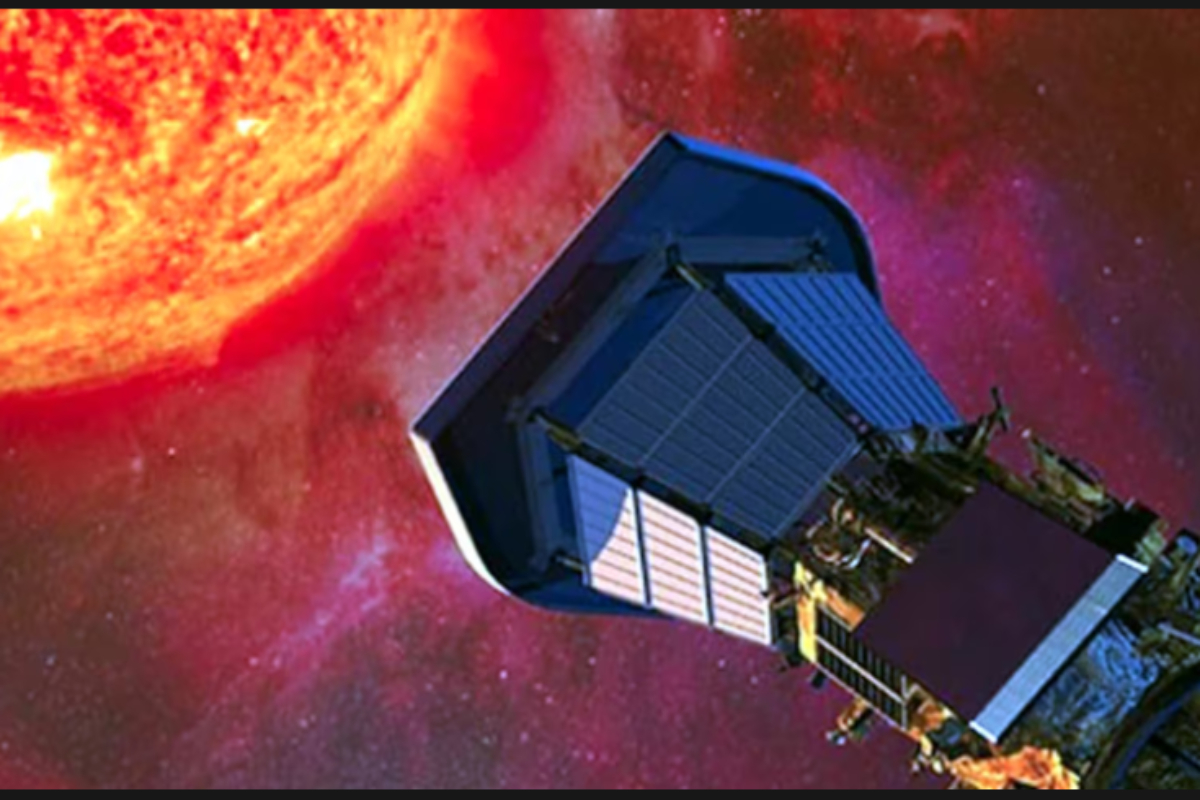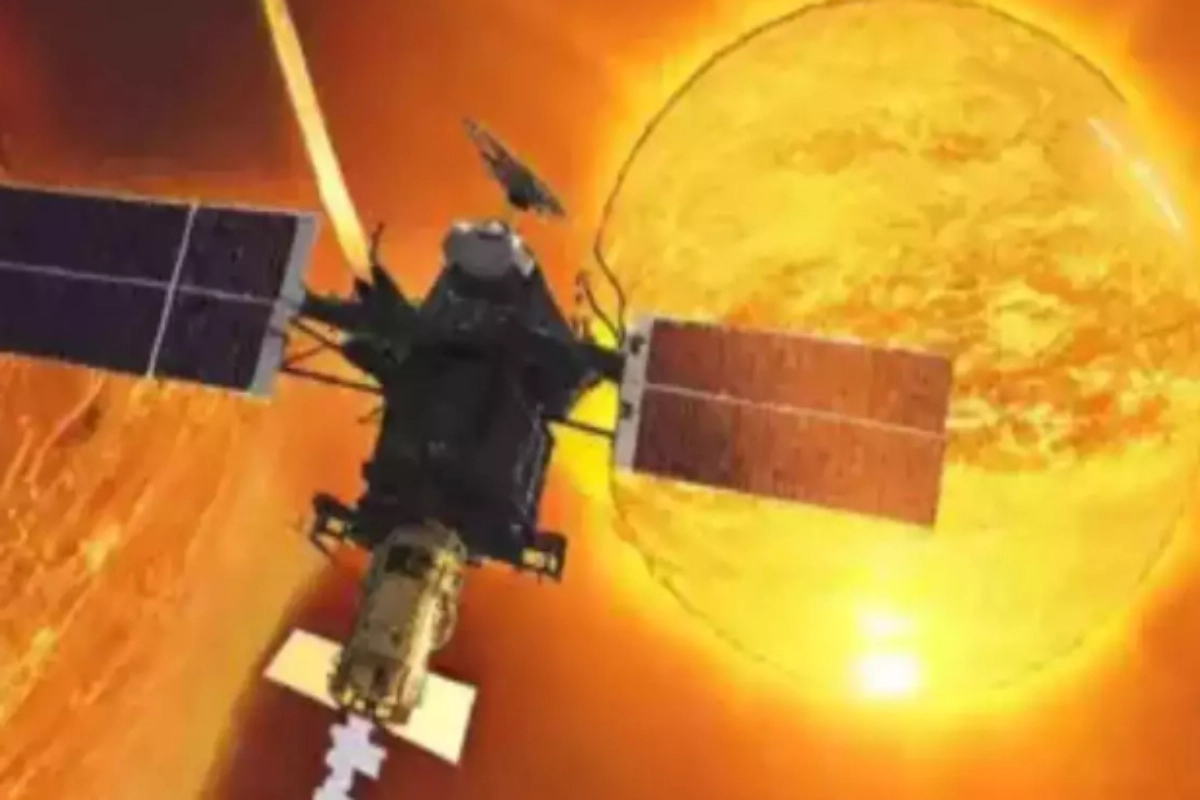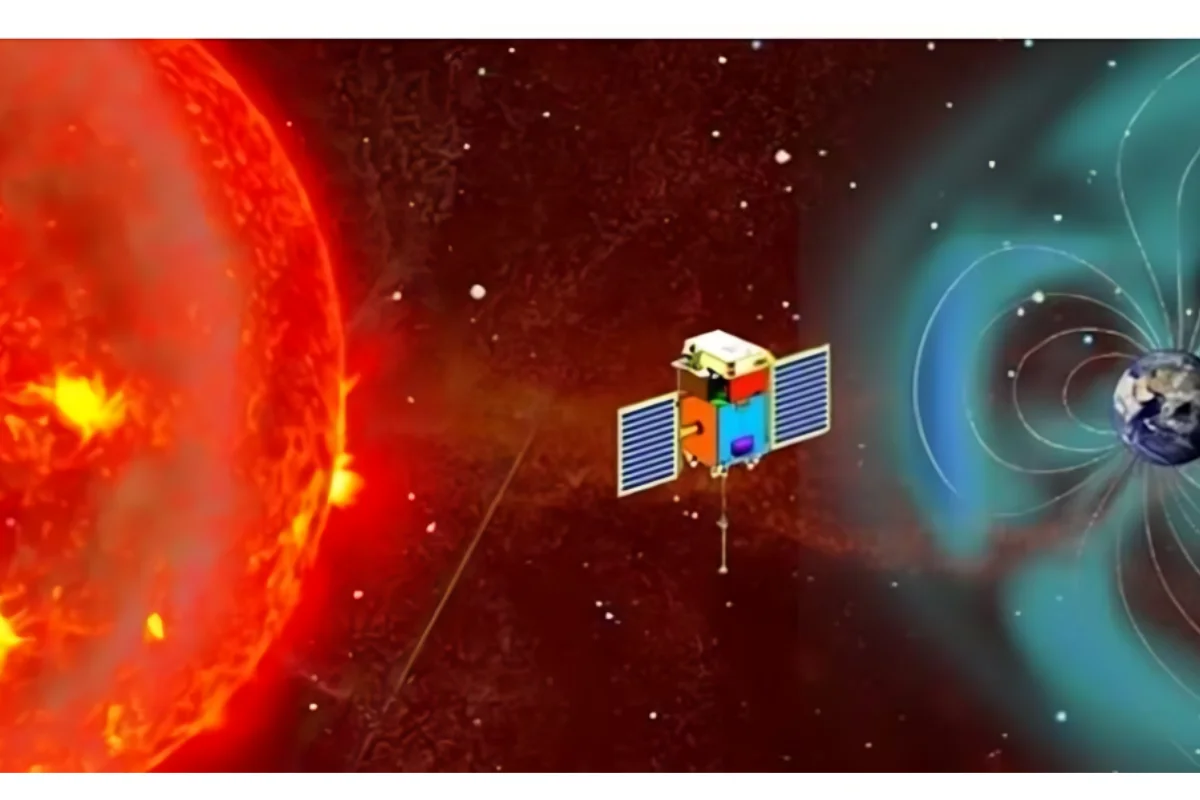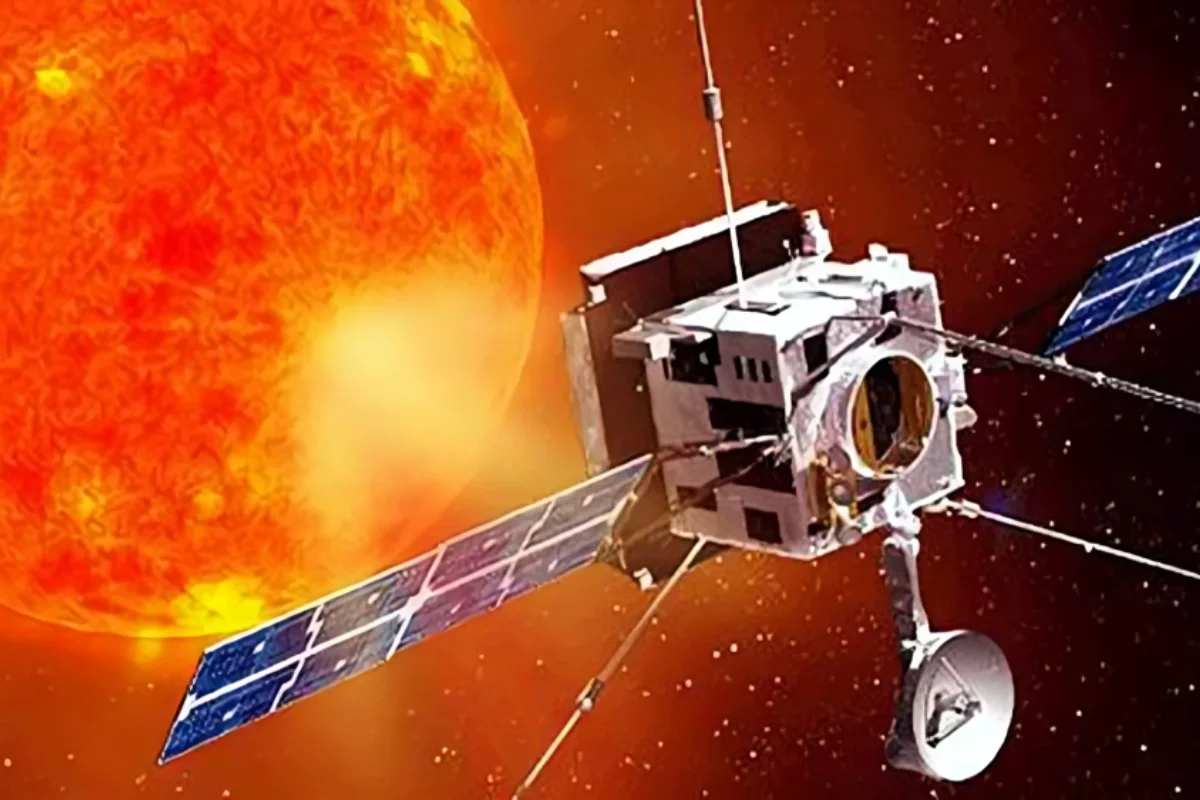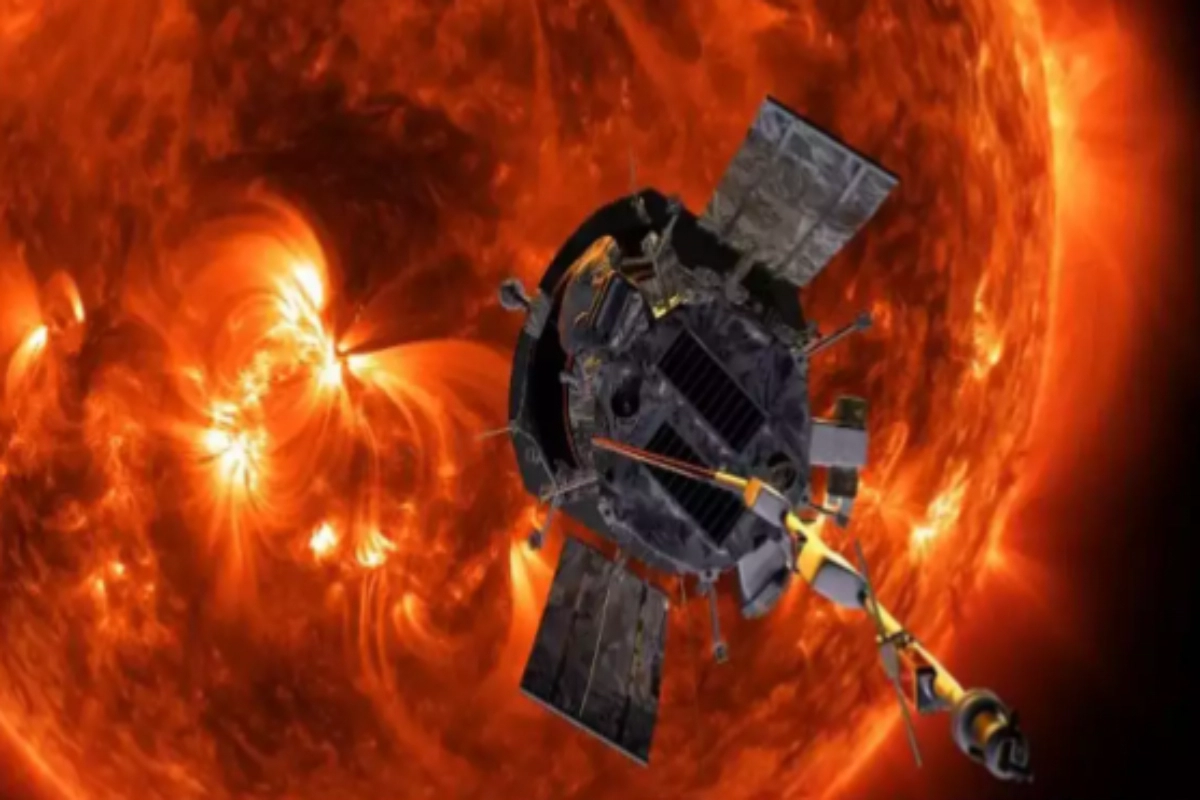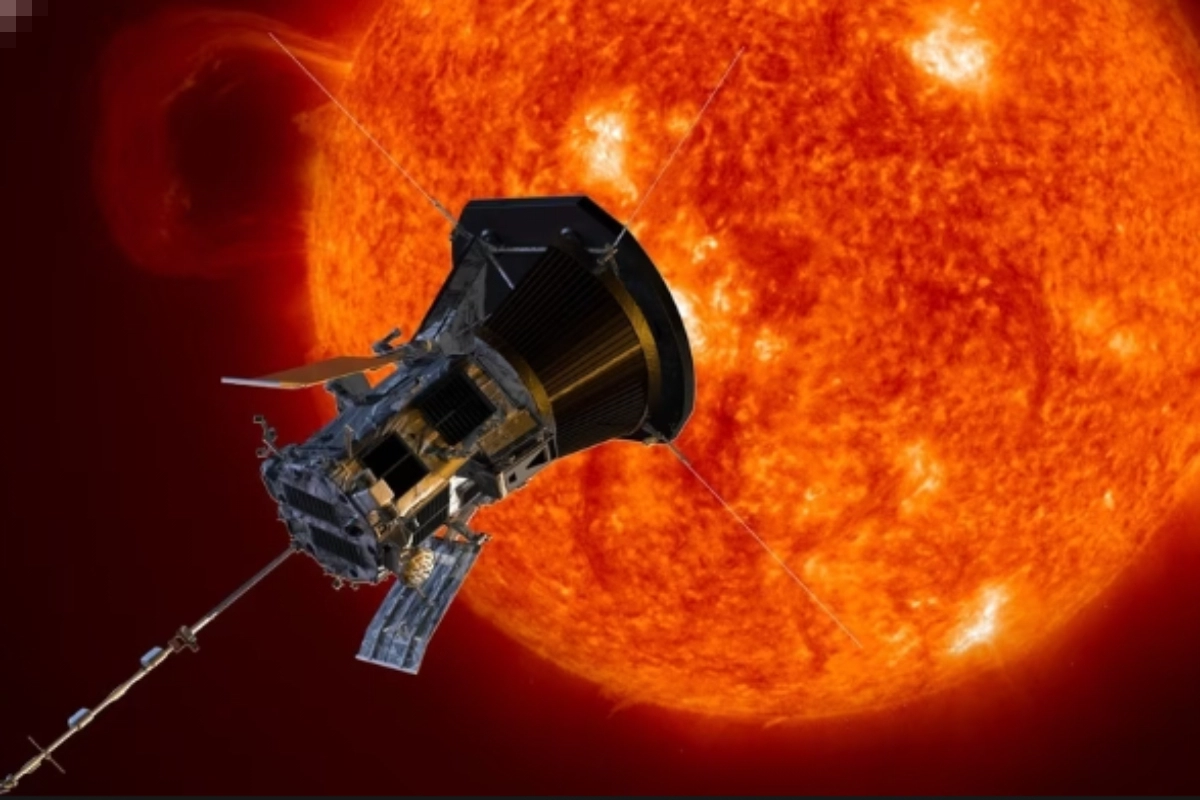ADITYA-L1: The Indian Space Research Institute (ISRO) has now announced the launch of the Aditya L-1 mission to investigate the Sun on September 2 following the success of Chandrayaan-3. Aditya L1 will be the first Indian mission to study the Sun from orbit, according to a tweet from ISRO. The spacecraft will be sent into a halo orbit around the Sun-Earth system’s Lagrange point 1, or L1, which is located roughly 1.5 million km from Earth. Seven payloads on board the spacecraft will conduct research on the photosphere, chromosphere, and solar atmosphere. Only the German Aerospace Centre, the European Space Agency, and the US space agency NASA have launched individual and collaborative space missions to study the Sun so far.
Pioneering Missions and Their Remarkable Contributions
NASA has launched three key missions: IRIS (Interface Region Imaging Spectrograph), Parker Solar Probe, and SOHO (Solar and Heliospheric Observatory). NASA and the European Space Agency launched the SOHO mission together. For the past four years, the Parker Solar Probe has been orbiting the Sun at its closest point. The Sun’s surface is being photographed in great detail by the IRIS (Interface Region Imaging Spectrograph) instrument. Since it is the only spacecraft to have gotten this near to the Sun, NASA’s Parker Solar Probe mission has proven to be the most significant turning point in the study of the Sun to date. Let’s examine a few of the unique missions focused on the Sun and their current successes.
Parker Solar Probe, NASA
On December 14, 2021, NASA revealed that the Parker Solar Probe had travelled through the Sun’s corona, its upper atmosphere. There, he collected samples of charged particles and data on the magnetic field of the Sun. According to NASA, a spacecraft ‘touched’ the Sun for the first time ever. In order to learn more about the energy flow and “solar wind,” or solar flow, the Parker Solar Probe was built to be able to approach the Sun within a radius of 6.5 million kilometres. Additionally, one of its primary goals is to investigate the solar corona by getting so close. Its goal is to determine how the Sun governs the Solar System in a dynamically changing space environment, which is the fundamental question in heliophysics. The Parker Solar Probe was put into orbit in 2018, and NASA claims that it completed its mission just three years later. According to NASA, this spacecraft penetrated the corona on its eighth flyby, or closest approach to the Sun, on April 28, 2021. Switchbacks, which are diagonal shapes in the solar wind, are not the exception but rather a typical occurrence, according to the data gathered by this expedition. For many years, astronomers thought that the polar regions of the Sun were the only places where these oblong structures could exist. But the question of where they come from has been prompted by this new evidence. According to Joseph Smith, Parker Program Executive at NASA Headquarters, “It is very encouraging that our state-of-the-art technology has been able to get Parker Solar Probe so close to the Sun and return it.” He said, “Now we are waiting for what new information is obtained when it will get closer to the Sun in the coming time.” The new information is anticipated to aid in the study of the region of the Sun that generates the solar wind’s supersonic motion and the corona’s extreme heat. Such a study will enable us to comprehend and forecast the harsh weather of space, which may have an impact on earth’s satellites and telecommunications systems.
Solar Orbiter, European Space Agency
The European Space Agency and NASA collaborated to build the Solar Orbiter. Its goal is to thoroughly research heliophysics. On February 9, 2020, it was launched into space and is anticipated to operate for another seven years. The European Space Agency has also made a film of Solar Orbiter’s closest approach to the Sun on March 30, 2022, at a distance of one-third the distance between the Sun and Earth. It was taken from the south pole of the Sun, the space agency claims. Typically, this spacecraft rotates at a distance that is one-fourth the size of the separation between the Sun and the Earth. These images, according to the space agency, were captured with the Extreme Ultraviolet Imager (EUI) at a wavelength of 17 nanometers from the south pole of the Sun. The Sun’s poles may hold a lot of scientific mysteries, according to the European Space Agency. The magnetic fields produced by the Sun, which produce a very strong but fleeting field, are absorbed by its poles. As a result, a closed magnetic field is produced, from which energy particles cannot escape. However, they produce extremely potent UV radiation that the EUI is specifically made to record. In order to allow the spacecraft’s equipment to investigate the Sun’s poles, Solar Orbiter will tilt its orbit slightly in 2025 using the gravity of Venus. The tremendous heat of the Sun can now be tolerated by this spacecraft. In order to learn more about the Sun and to estimate the elements that support life on Earth, it is important to study its core regions. According to the European Space Agency, this is the first satellite to capture up-close images of the Sun’s poles. The development of solar storms will be thoroughly investigated by Solar Orbiter.
Unveiling the Sun’s Extraordinary Nature
According to information provided on the NASA website, the Sun is a bright star made of hydrogen and helium that is situated in the middle of our solar system and has been around for roughly 4.5 billion years. Nearly 15 billion kilometres separate it from the planet. In our solar system, it is the biggest star. The gravity of the Sun, whose volume is equivalent to that of 1.3 million Earths, keeps the entire solar system in its own orbit. A small portion of a spacecraft’s trash is kept in an orbit around the Sun by the gravity of the Sun, it can also be said.The Sun’s centre, where the temperature is 15 million degrees Celsius, has the highest temperature. Strongly charged particles that are released into space by the Sun have an impact on the entire Solar System’s space. The Sun is 150 million kilometres from Earth and its light travels there in eight minutes. The Sun is a ball of concentrated hydrogen and helium gases because its surface is not solid like the Earth’s. That explains why its pace varies depending on where you are. Plasma, an incredibly hot and charged gas, is what makes up the Sun. At the poles, it takes 36 Earth days for this plasma to complete one spin, compared to 25 Earth days at the equator. The photosphere, the chromosphere, and the corona make up the Sun’s upper surface. Here, nuclear fusion causes enormous explosions that send energy-dense particles towards the planet. A disc of gas must have been present around the Sun when the Solar System first formed 4.6 billion years ago, according to the numerous Solar Dust Rings, which are circles of dust. The gas is ejected into space by the Sun’s nuclear fusion events. This is the force that prevents the sun from being contained in a single location.
Keep watching our YouTube Channel ‘DNP INDIA’. Also, please subscribe and follow us on FACEBOOK, INSTAGRAM, and TWITTER.


